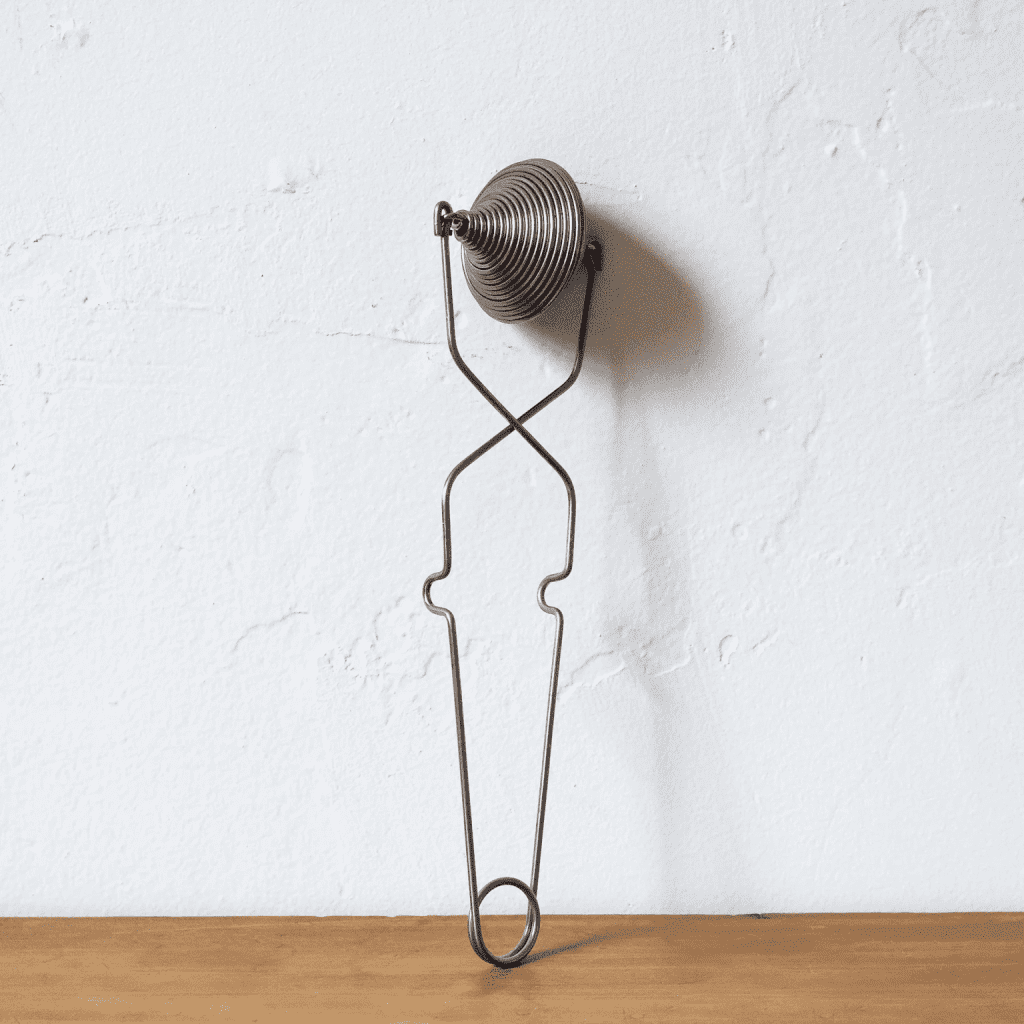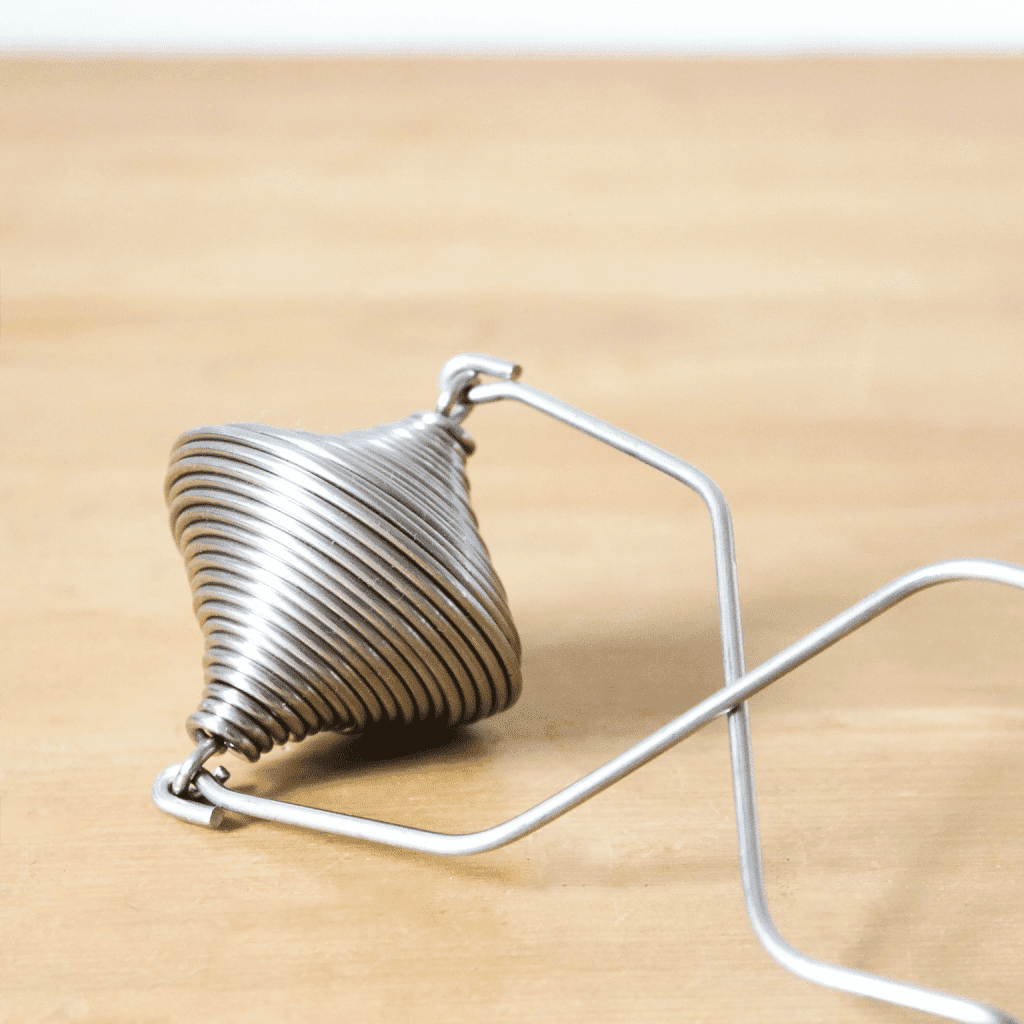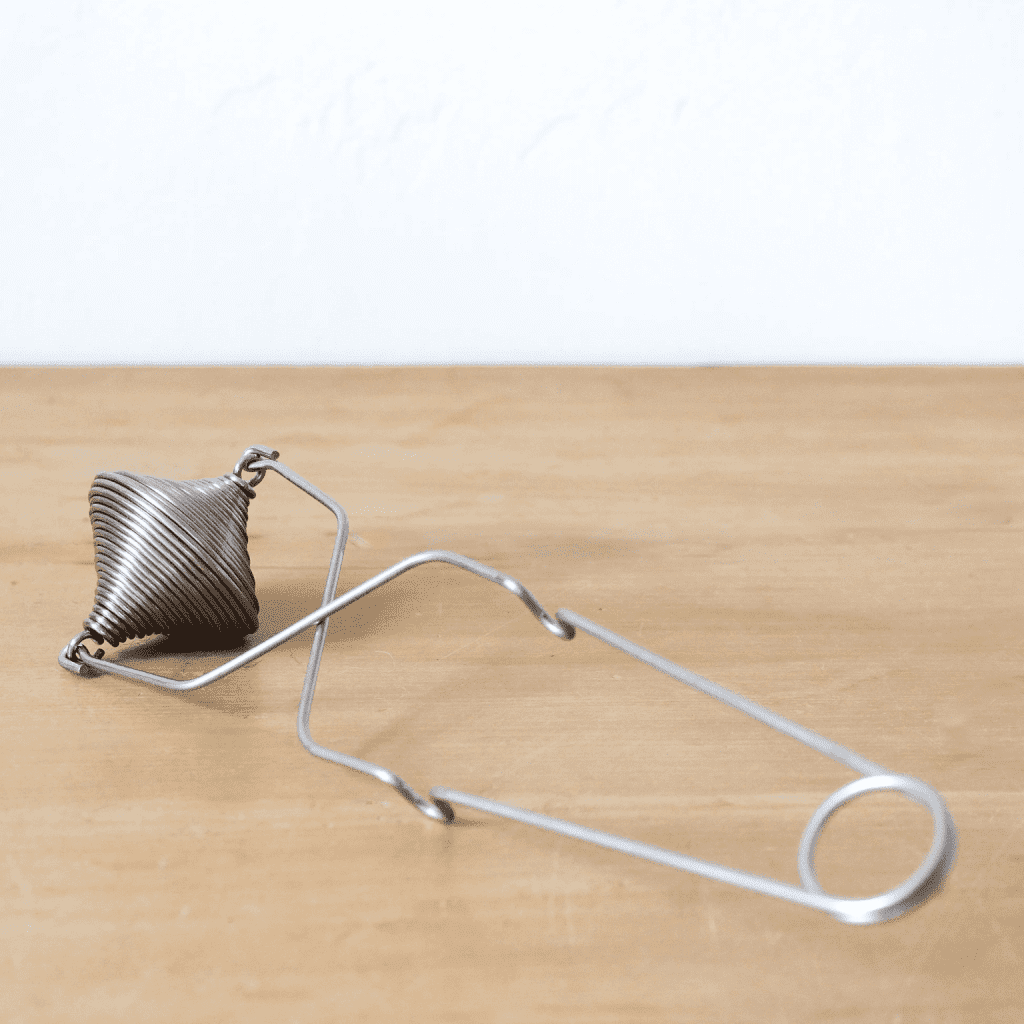When it comes to baking, precision and technique make all the difference. A flour duster is one of those simple yet incredibly effective kitchen tools that can elevate your baking game. Whether you’re rolling out dough for cookies, prepping a pie crust, or adding a touch of powdered sugar to your pastries, a flour duster ensures an even, light layer of flour or other powdered ingredients exactly where you need it.
In this article, we’ll explore what a flour duster is, how to use it, and why every baking enthusiast should have one in their kitchen.

Understanding the Flour Duster: A Simple Yet Essential Tool
A flour duster is designed to distribute a thin, even coating of flour or powdered ingredients onto a surface. This prevents dough from sticking while also helping you achieve a more uniform bake. The duster typically consists of a small handle attached to a fine mesh or perforated top that allows for controlled dusting. It might sound simple, but the flour duster has a big impact on the quality and efficiency of your baking.
Why Use a Flour Duster? The Benefits of Controlled Flour Application
The primary reason to use a flour duster is for better control. When baking, too much flour can dry out your dough, while too little can result in sticking and uneven textures. A flour duster solves this problem by letting you evenly coat surfaces with a fine dusting of flour. This helps in the following areas:
- Preventing Dough from Sticking: Dusting a countertop or rolling pin with flour keeps dough from clinging to surfaces, making the rolling and shaping process smoother.
- Ensuring Even Coverage: Unlike grabbing flour with your hands or a spoon, the duster spreads the flour uniformly, ensuring that no part of the dough is under-floured or over-floured.
- Decorative Touch: Beyond functionality, a flour duster is often used for decoration. Sprinkling powdered sugar or cocoa over baked goods with a flour duster adds a professional-looking finish.
Types of Flour Dusters: Finding the Right Fit for Your Kitchen
Flour dusters come in a variety of designs, each offering a different approach to dusting and coating. Let’s take a closer look at the most common types:
1. Classic Mesh Duster
This traditional model features a fine mesh screen, usually made of stainless steel or durable plastic. The mesh allows for a gentle, even spread of flour. It’s a great all-purpose option for most baking needs.
2. Powder Shaker
Similar in design to a classic flour duster, but with a more focused opening. This type is ideal for dusting small areas with precision, whether it’s flour on dough or powdered sugar on desserts.

3. Adjustable Duster
Modern versions of flour dusters often come with adjustable settings that allow you to control the amount and fineness of the powder being dispensed. These are ideal for bakers who like more versatility in their tools.
How to Use a Flour Duster Properly
Using a flour duster is straightforward, but there are a few tips that can help you get the most out of it:
- Fill the Duster: Open the mesh compartment and fill it with a small amount of flour or powdered sugar. Don’t overfill it, as this can lead to clumping.
- Hold and Shake: Hold the duster a few inches above your work surface or dough. Gently shake or tap the duster to release a fine mist of flour. Move it in a circular or sweeping motion to ensure even coverage.
- Reapply if Necessary: Depending on the amount of flour needed, you can repeat the process to get the desired coating. A little flour goes a long way, so start with a light dusting and build as needed.

Using a Flour Duster for Decoration
Flour dusters aren’t just for flour—they’re also perfect for sprinkling powdered sugar, cocoa powder, or cinnamon over finished baked goods for a professional touch. To create a visually stunning dessert, try using stencils. Lay the stencil over your cake or pastry, and then use the flour duster to apply powdered sugar or cocoa, revealing intricate designs when you remove the stencil.
Choosing the Right Flour Duster for Your Kitchen
When selecting a flour duster, here are a few factors to keep in mind:
- Material: Stainless steel flour dusters are durable, long-lasting, and easy to clean. Plastic dusters, while lightweight and often cheaper, may be less durable over time.
- Size: Choose a size that matches your baking habits. Smaller dusters are easier to control but may require refilling more frequently, while larger dusters cover more surface area in one go.
- Mesh Fineness: If you plan to use your duster for both flour and finer ingredients like powdered sugar, opt for a duster with a finer mesh to ensure even application.
Care and Maintenance of Your Flour Duster
To prolong the life of your flour duster, it’s essential to clean and store it properly. Here are some care tips:
- Cleaning: After each use, rinse the duster with warm water to remove any remaining flour. For tough build-up, you can use a small brush to clean the mesh. Most dusters are dishwasher-safe, but always check the manufacturer’s instructions.
- Storage: Store your flour duster in a dry area to prevent rust or mold. Some flour dusters come with a protective cover, which helps keep the mesh clean between uses.

Why Every Baker Needs a Flour Duster
For anyone who enjoys baking, a flour duster is an indispensable tool. Not only does it make the preparation process smoother, but it also helps in achieving consistently good results. Whether you’re a seasoned baker or a home cook, adding a flour duster to your toolkit can elevate the quality of your baked goods and simplify your baking process.
Conclusion: Elevate Your Baking with a Flour Duster
In the world of baking, small details can make a significant difference. A flour duster might seem like a minor tool, but its impact on the quality of your dough and the appearance of your finished goods is undeniable. From preventing sticky dough to adding decorative touches, this simple yet effective tool is a must-have for every kitchen.
So, whether you’re rolling out dough for a pie or dusting powdered sugar over a batch of brownies, a flour duster will help you achieve professional-level results with minimal effort.


